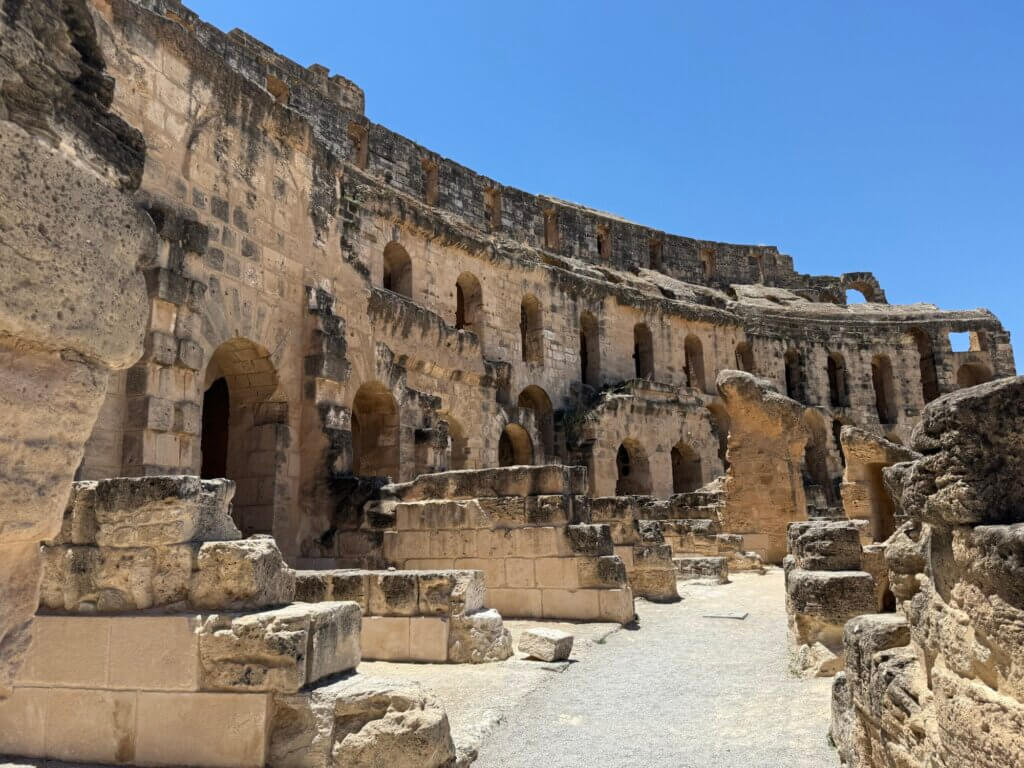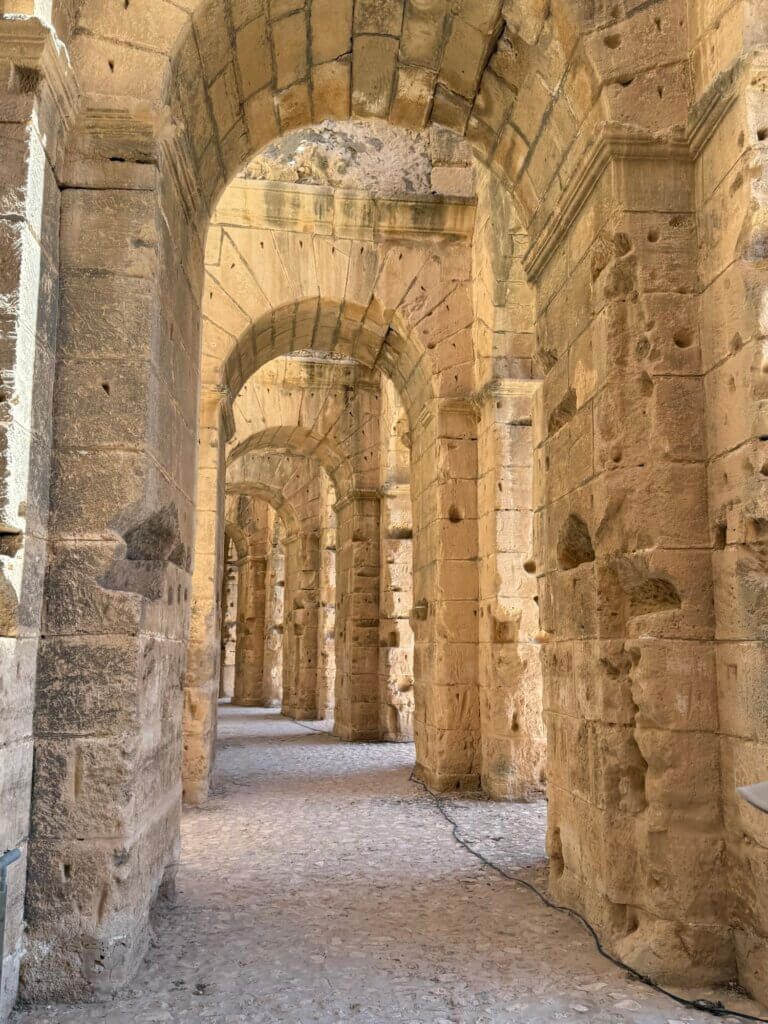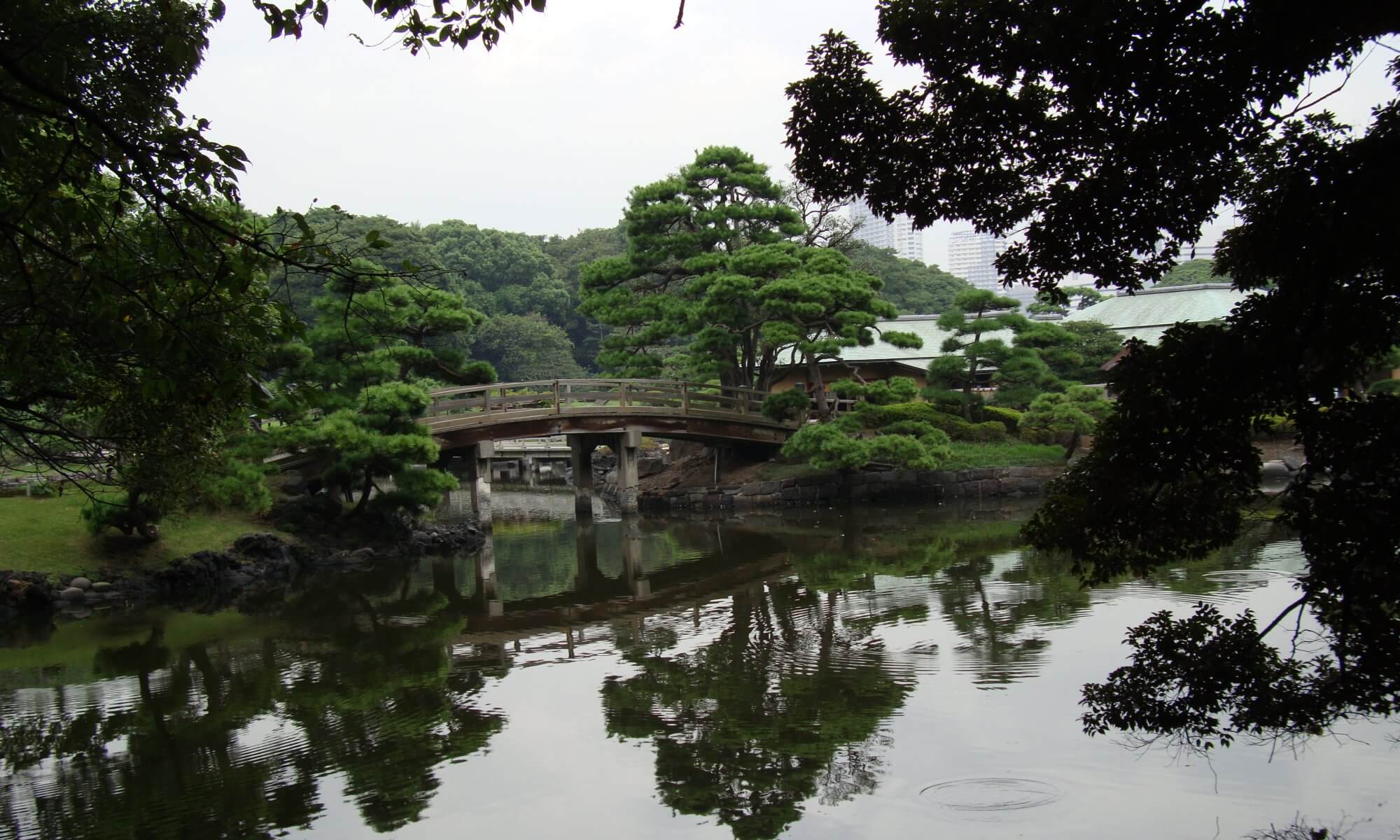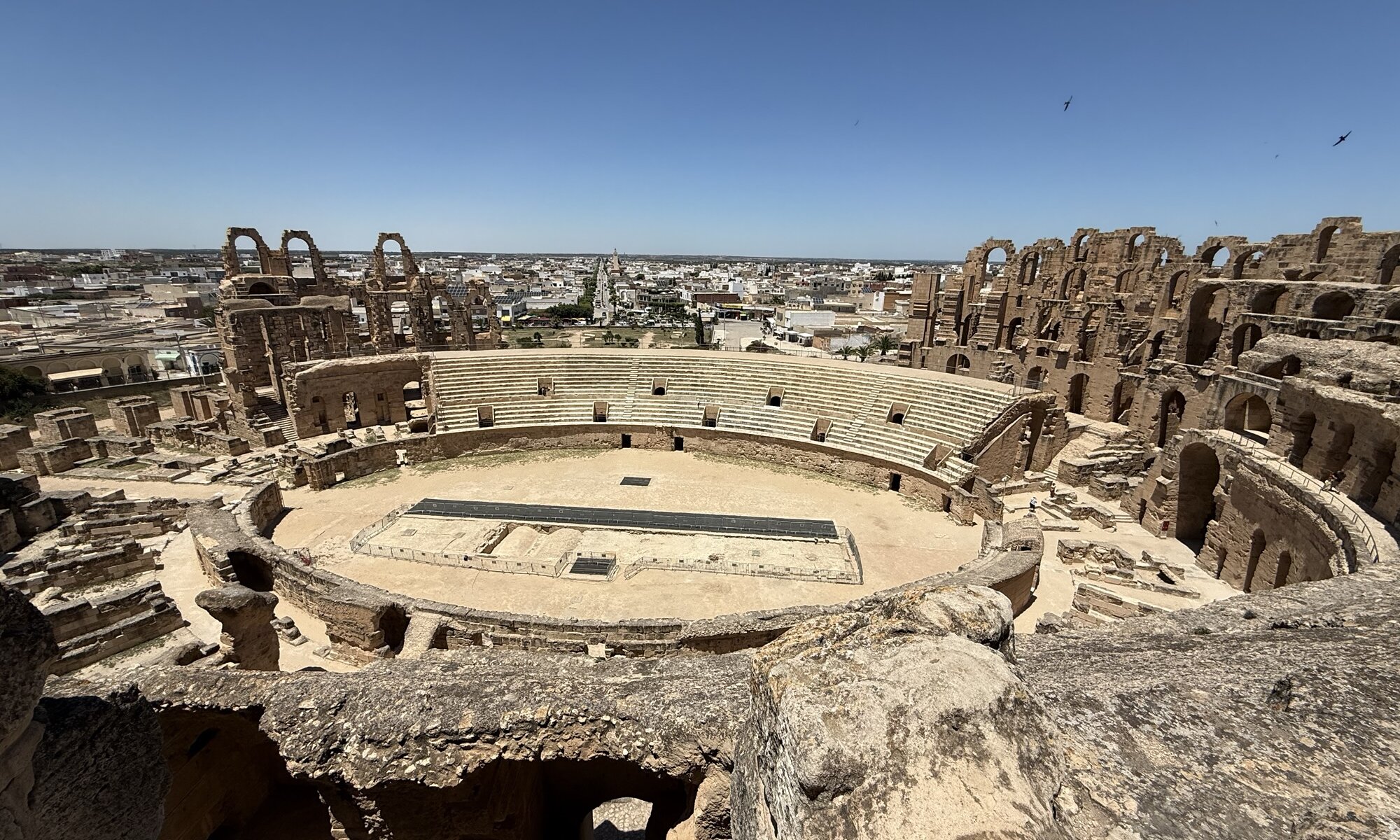The Amphithéâtre de El Jem, located in modern-day Tunisia, is an extraordinary example of Roman architecture in Africa, built around 238 AD. It stands out as one of the largest and best-preserved Roman amphitheatres, capable of holding about 35,000 spectators. Unlike many amphitheatres built into hillsides, El Jem’s structure is free-standing on flat ground, supported by a sophisticated system of arches and stone blocks without foundations. Its elliptical shape measures roughly 148 by 122 meters, and it features three levels of arcades with Corinthian or composite columns, reflecting a high level of architectural accomplishment for its time. The arena also includes subterranean facilities for animals and gladiators, accessed through trap doors, demonstrating advanced engineering.



Comparing El Jem to the Colosseum in Roma, the latter is larger and older, constructed between 70 and 80 AD. The Colosseum is an iconic symbol of Roman engineering, with a footprint of about 6 acres and a height of 48 meters, making it one of the most massive amphitheatres ever built. It features a more complex architectural style with three orders of columns (Tuscan, Ionic, and Corinthian) stacked vertically, and a fourth floor of decorated panels. The Colosseum was designed not only for gladiatorial games but also for social control and political propaganda, accommodating up to 50,000 spectators. Its construction involved a variety of materials, including travertine stone, concrete, and iron clamps, showcasing Roman innovation in building techniques.
While the Colosseum symbolizes the grandeur and power of the Roman Empire in its capital, the Amphithéâtre de El Jem represents the reach and influence of Roman culture into Africa. Though smaller, El Jem is remarkably well preserved and offers insight into the prosperity of the city of Thysdrus during the Roman period. Both amphitheatres served as venues for spectacular public events, but El Jem’s survival in such good condition makes it a unique monument outside Italy, reflecting the architectural legacy and cultural significance of Roman amphitheatres in different regions of the empire.
Amphithéâtre de El Jem
الجم
Tunisia
Loading map...


